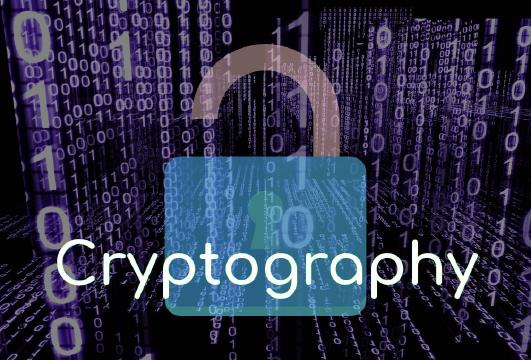Excerpt§
Learn about the importance of checksum security in maintaining data integrity and preventing data corruption. Explore common checksum algorithms, their applications, advantages, limitations, and best practices for implementing checksum security measures.
Introduction§
Checksum security refers to the use of checksums to verify data integrity and detect errors or changes in data during transmission or storage. Checksums are calculated values used to check if data has been corrupted or altered.
Understanding checksum security mechanisms allows implementing integrity checks to ensure accuracy and reliability of critical data. This article will cover how checksum security works, common algorithms, applications, best practices, advantages and limitations.
How does checksum security work?§
Checksum security relies on calculating a checksum value from the original data, and later recomputing the checksum to verify if the data matches.
Checksum Calculation
The sender runs the data through a checksum algorithm to produce a checksum value. This is sent along with the original data.
Data Integrity Verification
The receiver recalculates the checksum from the received data. If the newly calculated value does not match the sent checksum, it indicates corruption.
Matching checksums give confidence that the data remains intact and unmodified during transmission.
Common checksum algorithms§
Some popular checksum algorithms used in checksum security are:
MD5
Produces 128-bit hash value. Often used for file integrity checks due to speed.
SHA1
160-bit hash algorithm. More collision resistant than MD5 but slower.
CRC
Cyclic redundancy checks are very efficient error detection checksums. CRC32 is commonly used.
Each have pros and cons. Cryptographic hashes like MD5, SHA1 provide more security over CRCs.
Applications of checksum security§
Checksums provide data integrity protection in:
File Transfers
Checksum verification ensures files are not corrupted during downloads or storage.
Network Communications
Checks packets in transit over networks have not been altered accidentally.
Data Corruption Detection
Identifies any changes like bit rot errors in stored data via checksum comparison.
Advantages of checksum security§
Key benefits of using checksum security:
Quick Error Detection
Checksum mismatches flag errors allowing rapid response and error containment.
Easy Implementation
Checksum generation and verification is simple to integrate into applications.
Cost-Effective
Provides data integrity at minimal resource cost compared to full encryption.
Limitations of checksum security§
Checksums also have some weaknesses:
Collision Possibility
Two files yielding the same checksum value can lead to missed errors.
Not Tamper-Proof
Does not prevent intentional malicious tampering like modifying data or checksums.
Best practices for using checksum security§
Some tips for effectively leveraging checksum security:
Use cryptographically secure hashing algorithms to minimize collisions.
Frequently update checksums on dynamic data for enhanced security.
Combine checksums with encryption, backups etc. for defense-in-depth.
Store checksums separately from data to avoid single point of failure.
Conclusion§
Checksum security provides fast and efficient data integrity verification to detect accidental errors through checksum comparison. When implemented properly using secure algorithms and enhanced with other controls, it is an effective first line of defense against data corruption. Organizations should adopt checksum best practices as part of a comprehensive data protection strategy.















